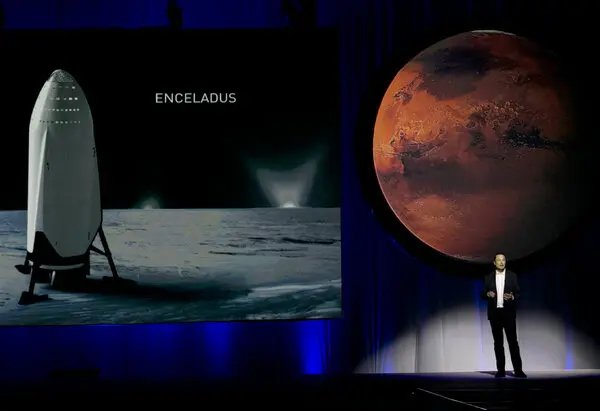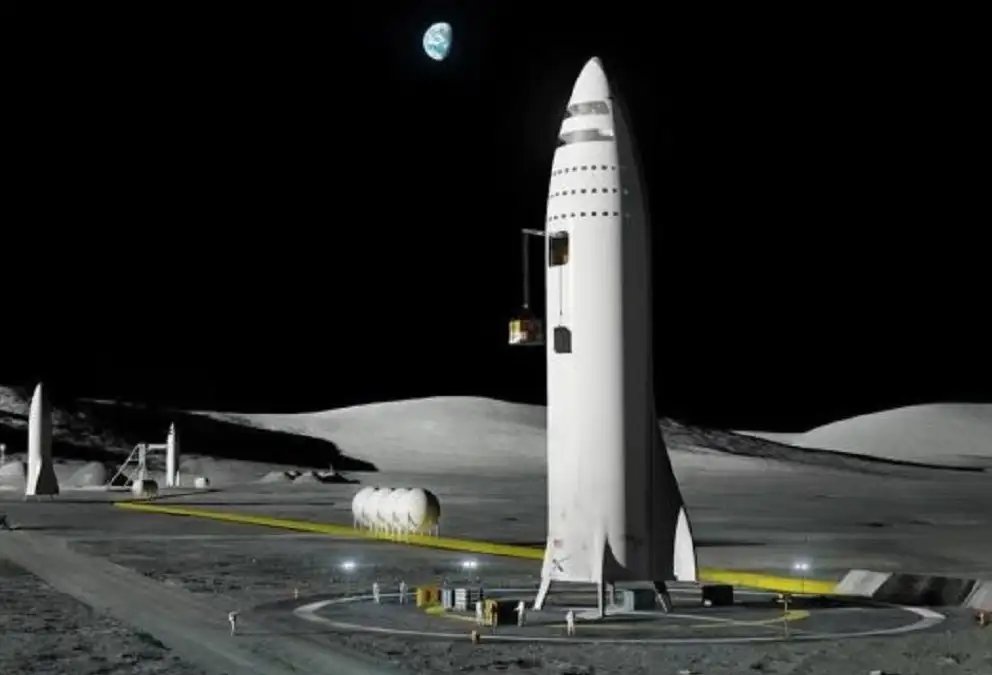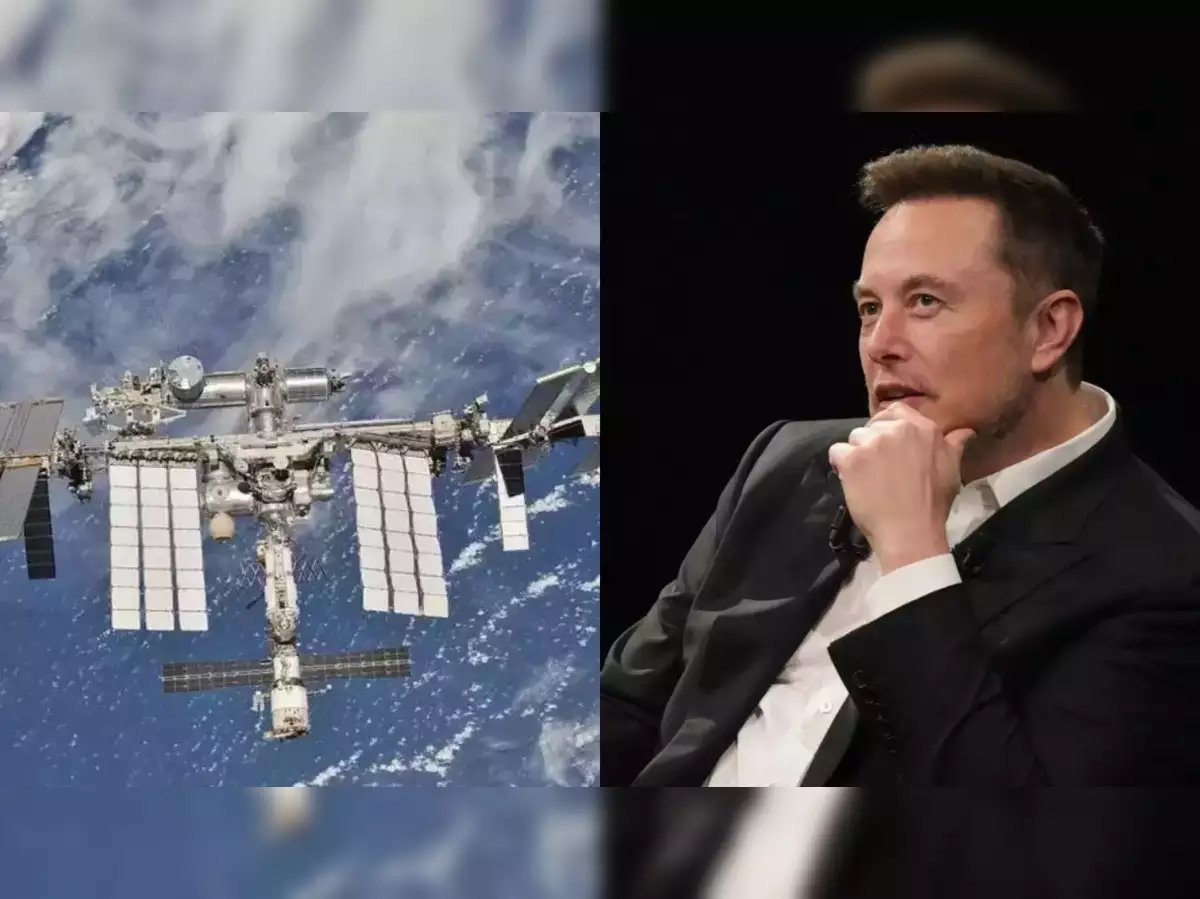Elon Musk, the visionary behind SpaceX and Tesla, has always been an advocate for the colonization of Mars. Now, he’s taking his ambitions to new heights by unveiling a bold and groundbreaking plan: to send 1 million people to Mars by 2050. This announcement, detailed in a recent interview, has sent shockwaves through the space exploration community and the world at large. With Musk’s track record of turning seemingly impossible dreams into reality, his goal of populating the Red Planet could revolutionize humanity’s future.

Musk’s plan for Mars colonization is ambitious, yet rooted in his long-standing vision for the survival and prosperity of humanity. He believes that establishing a human presence on Mars is essential for ensuring the long-term survival of the human species, especially in the face of potential existential threats to Earth. Musk has repeatedly stated that humanity needs to become a “multi-planetary” species to safeguard against catastrophic events, such as climate change, asteroid impacts, or even self-inflicted disasters. His plan to send 1 million people to Mars is a central piece of this vision, aiming to create a self-sustaining colony on the Red Planet within the next few decades.
To achieve this audacious goal, Musk’s company, SpaceX, is developing a state-of-the-art spacecraft called **Starship**, designed to transport humans to Mars and beyond. Starship is a fully reusable spacecraft, capable of carrying large numbers of passengers and cargo to distant destinations. Musk has emphasized the importance of reducing the cost of space travel to make Mars colonization a reality, and Starship is integral to that mission. The spacecraft’s ability to land on and take off from Mars will be critical in establishing the infrastructure needed for a permanent human settlement.
The timeline Musk has set for reaching 1 million people on Mars is ambitious but not entirely out of the realm of possibility. SpaceX aims to conduct regular missions to Mars starting in the mid-2020s, with the goal of establishing a sustainable colony by 2050. Musk envisions launching hundreds of Starship missions over the coming decades, gradually building up the infrastructure necessary for life on Mars. This includes everything from habitats and life-support systems to energy production and food supply chains. Musk believes that by leveraging SpaceX’s technological advancements, the cost of travel to Mars can be dramatically reduced, making it feasible for large numbers of people to make the journey.

One of the most significant challenges Musk faces in realizing his vision for Mars colonization is the harsh and inhospitable environment of the Red Planet. Mars has an extremely thin atmosphere, low gravity, and temperatures that can plummet to minus 125 degrees Celsius, all of which make it a challenging environment for human life. To address these challenges, Musk envisions the creation of **domes** and other protective structures that will shield humans from the harsh Martian elements. Additionally, the development of **sustainable life-support systems** will be critical, as Mars lacks the resources needed for human survival, such as oxygen and liquid water.
In addition to technological and logistical challenges, Musk’s plan to send 1 million people to Mars by 2050 will require significant investment and international collaboration. The financial cost of such an endeavor is astronomical, and while Musk has a history of securing funding for his ambitious projects, the scale of this plan will require unprecedented levels of investment. Musk has indicated that the colonization of Mars will be a long-term, self-sustaining effort, with early missions focused on establishing infrastructure and resources for future settlers. He has also suggested that **private partnerships** and governmental support will be necessary to achieve his goal, as the scale of the effort exceeds the capabilities of any one company or nation.
Musk’s announcement has generated both excitement and skepticism in the space exploration community. Many are excited about the potential for human exploration of Mars and the possibilities for future colonization, but others remain cautious about the feasibility of Musk’s ambitious plan. Critics point out the many challenges that still need to be addressed, from the development of the necessary technology to the psychological effects of long-term space travel on humans. Despite these challenges, Musk remains optimistic, drawing on his success with SpaceX and Tesla to convince the public and investors that Mars colonization is within reach.

As Musk continues to push the boundaries of what is possible in space exploration, his plan to send 1 million people to Mars by 2050 represents a bold vision for the future. Whether or not his plan comes to fruition, Musk’s commitment to the goal of making humanity a multi-planetary species has already sparked a new era of space exploration. With SpaceX leading the charge, the dream of living on Mars is no longer the stuff of science fiction—it is becoming an increasingly realistic possibility.
